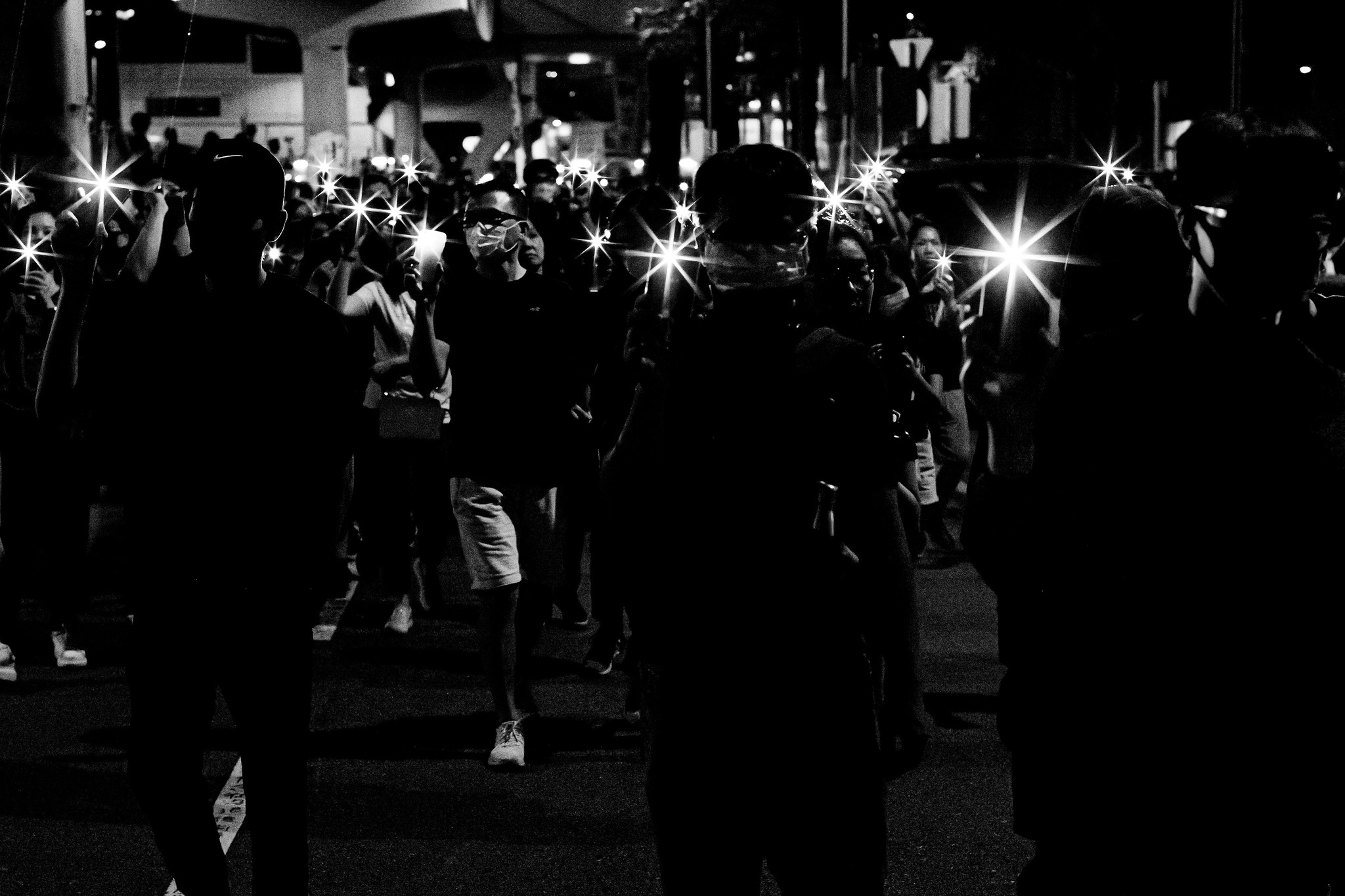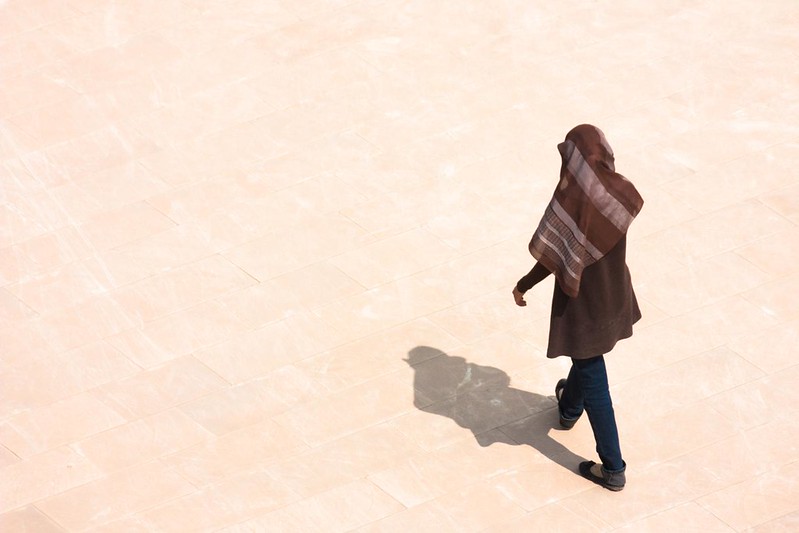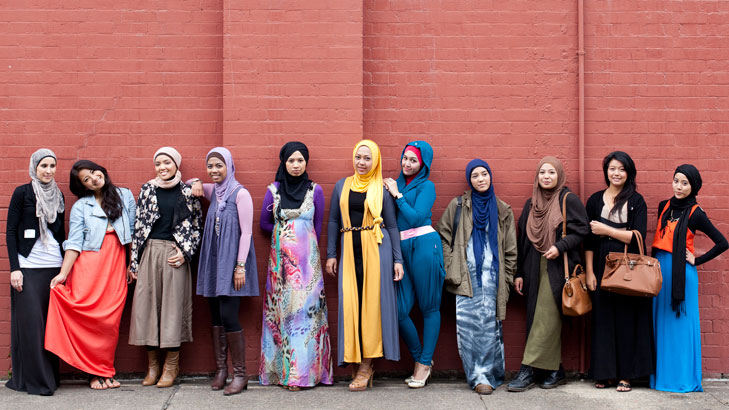I marvel at the beautiful slope of my hips while shimming during class, yet, there is a moment of disconnect. Our instructor is a non-Muslim woman who goes by the stage name of Amira. As Arabic music plays in the background she tells us to yell out “Yalla!” and call belly dance gatherings “haflas,” as she teaches us muscle isolation. I know the art of belly dancing is empowering and deeply liberating.
I know the art of belly dancing is empowering and deeply liberating. For some women it is the first time they are able to look in the mirror and appreciate their curvature. But in that moment, I feel like we, the (mostly) white women in the class are reinforcing Orientalist visions of hip-shimming Middle Eastern sexpots.
“How ironic is that,” my friend and fellow shimmy partner comments, “that we are engaging in a form of cultural expression with roots in a part of the world that most people associate with silent, oppressed, frigid women.”
The cultural politics of dance in relation to the Western representation of Muslim women is well discussed among academics. Belly dancing is where several components collide: body politics, cultural appropriation, otherness, and sexual expression. In popular terms, belly dance is a hybrid product of French Orientalism. While there are direct roots back to various forms of Arabic and Turkish folk dance, the belly baring form is interpreted and filtered through Western colonialism. It has nothing to do with authentic Muslim girl culture. On the other hand, the growing number of women adopting aspects of belly dance sophistication—Arabic stage names, playlists and womanist empowerment—has a lot to do with what America cannot handle when it comes to Muslim girl power.
Fatemeh Fakhraei produced a wonderful critique of belly dancing and Muslimness:
Belly dancing is something that is present in some form [or] another in most Middle Eastern cultures, but is not really a part of our identity. And I assure you, nowhere in the Holy Qur’an does it say, “Thou shalt belly dance.” But because of Hollywood’s old Orientalist glamour, images of belly dancing have become almost synonymous with the Middle East.
What bothers me more, however, is that Western culture remains unable to swallow real, authentic stories from Muslim women unless they are sugarcoated in such gilded Orientalist representations.
Muslim women are bravely beginning to share personal stories of love, triumph, achievement and intimate struggles only to find that audiences are having a hard time believing the stories are real. It is acceptable to be entertained by appropriated aspects of Muslim cultures. But it is still viewed as suspicious when Muslims speak our own truths.
Bushra Rehman, the author of Corona, initially had a difficult time finding publishers for her first novel because few believed that Muslim women could be as complicated, culturally dissonant, and engaging as Razia Mirza, her protagonist. Jennifer Zobair, the author of Painted Hands, was heckled at her first book reading. Muslim men also have a hard time, even when writing academic work. Reza Aslan’s latest Fox News interview is a prime example of Muslim identity being cause for suspicion, even when writing credentialed, researched work.
My dance partner brought up a good point: belly dance can function as a form of body liberation; however, Muslim women are still chained by victimization narratives with our bodies often at the center of the discourse. We are deemed covered, restricted, enclosed and even frigid. In addition, it seems that we are not heard unless we use victimization as our platform.
Many years ago, I was on a panel about Muslim women. The audience did not find me interesting as a white, American Muslim woman. The other women on the panel were more dynamic—one was a woman from a Muslim majority country, the other was a director of a United Nations agency.
Audience members repeatedly asked the other two panelists questions related to what it felt like to be oppressed. The panelists did a wonderful job acknowledging real challenges existed while also pointing out the positive, affirming realities of women in the Muslim world. These assertions did not resonate with the crowd. Few wanted to hear good news stories. I realized how difficult it must be for Muslim women of color to maneuver under such a limited gaze.
The issue is not confined to how non-Muslims see Muslim women. Many in our community still focus on “victimization” narratives—forced marriages or tragic tales of injustices—without promoting stories celebrating identity and achievement.
Despite this limited cultural oeuvre, there is an emerging cultural creators, such as writer G. Willow Wilson, filmmaker Lena Khan and musician Rajae El Mouhandiz. These women are engaging a new language of belonging in a transcultured world. Most of these narratives use English as a medium and showcase a wider variety of personal and political experiences. Muslims, we are learning, love and lust, experience heartache, grief, crisis of faith and life in complex and contradictory ways—just like everyone else. These are wonderful stories to tell, but ones often undersold in a society that values a non-Muslim’s brief attempt at wearing a hijab rather than the compelling stories of Muslim women celebrating our various identities.
One instructor post-dance class made a face and hinted that it was “postcolonial” if any woman attempted belly dance just to feel sensual. There is postcolonial cultural appropriation in belly dance any way one slices it, just as there is in the Jean Paul Gaultier’s recent non-Sikh use of Sikh turbans on the runway. I quote from the insightful article written by Brooklynwala in response:
Culture never exists in a vacuum and is never pure, nor should it be. It is ever-changing, evolving, growing. But in a society where immigrants and communities of color are marginalized at every level, we can’t pretend that power relations do not exist when we have this conversation about appropriation. Sharing and exchanging cultural and spiritual practices is great, but it gets more complicated when we’re not all on equal footing. It gets more complicated when meaningful things are taken, commodified, and exploited for a profit, with little respect shown to the community they were taken from.
I wonder if there is power in taking these appropriated cultural forms and recycling them as a way to use the “master’s tools to dismantle the house.” If there is an underlying interest in Muslim women and sexuality, why not tastefully exploit the interest as a way to engage conversation? If people can only handle a Muslim woman when covered, then use that image to demonstrate a burqa-clad woman who kicks ass.
Let us get a group of Muslims in abaya, strap on coined belly dance belts and give them American stage names like Michelle, or Alice or Stacy. Have them faux belly dance to “Shakira’s Hips Don’t Lie” in the name of cultural appropriation. We can use these sly images to flip the mirror back to the audience, and then see where the conversation leads.
Deonna Kelli Sayed is a Love, Inshallah contributor, a LoveInshallah.com editor, and author of Paranormal Obsession: America’s Fascination with Ghosts & Hauntings, Spooks & Spirits. She has also contributed to altmuslimah.com and Muslimah Media Watch. Deonna is currently working on a memoir. To learn more, visit her website, and join her on Facebook and Twitter.
















